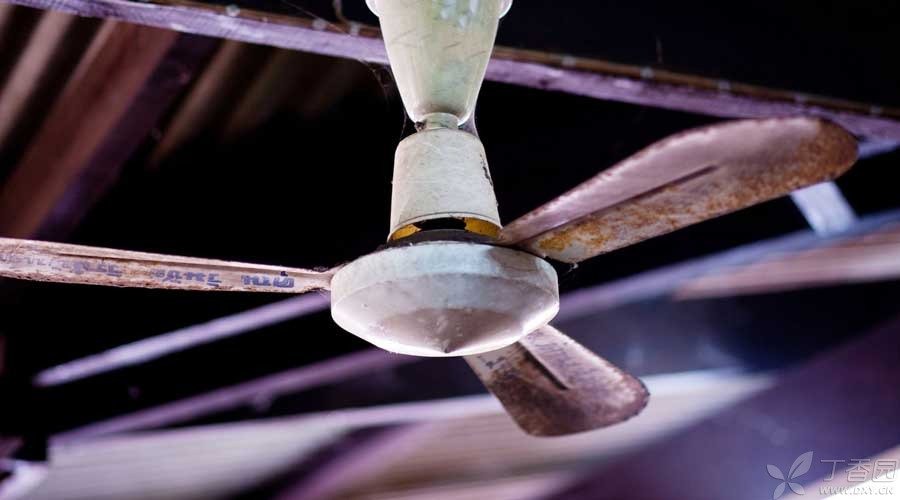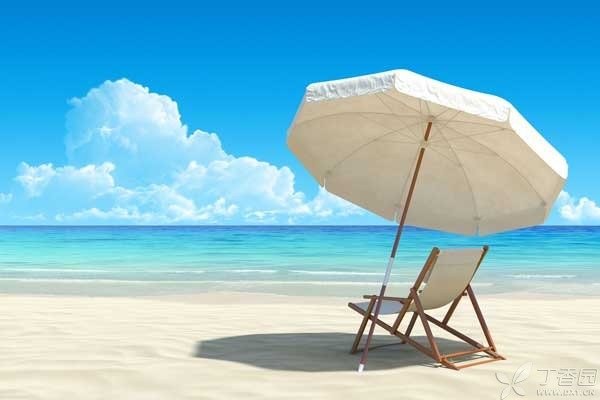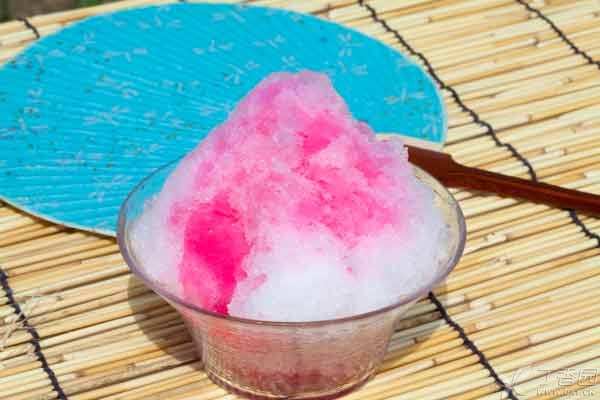
In recent days, many areas in the north and south of China’s great rivers are experiencing the test of intense heat.
The daytime temperature in Shanghai, where I live, can easily reach 38 ℃-although the temperature is not as extreme as that in some places, the body feeling is already very unbearable, and I occasionally worry about whether I will suddenly suffer heatstroke next moment when walking on the road.
Why do good people suffer heatstroke?
The human body is like an air conditioner. Under normal circumstances, a slightly higher or lower temperature in the surrounding environment does not affect the air conditioner to keep its body temperature at about 37 ℃.
Heatstroke is when the ambient temperature is so high that even the [air conditioner] fails. After the body temperature loses control, the metabolic balance of water and salt (sodium) in the body is disordered. The consequences of heatstroke can be serious and even lead to death.
Then there will be symptoms of how after heatstroke. How do you feel and how do you deal with them?
Classification of heatstroke
Heatstroke is divided into different levels according to the severity of symptoms and the degree of emergency response, covering a wide range. Generally speaking, heatstroke can be divided into three levels:
1. Level 1: Threatened heatstroke
As the name implies, This is the lightest condition, and the main symptoms include vertigo, trance and feeling a bit like the kind of experience when you suddenly stand up after squatting for a long time. At the same time, muscle spasms may occur with pain in the spasm area-this is caused by violent sweating and loss of salt (sodium). Some people may also feel abnormal discomfort such as numbness of hands and feet.
How to deal with:
- Immediately change your environment. Move to a shade (such as shade) to rest. A cool and ventilated room is better. The most ideal environment is an environment with cold air conditioning on. This helps the body to dissipate heat quickly. It is best to have someone to accompany you indoors to observe the illness. In case of deterioration, you can deal with it quickly or send it to the hospital immediately. At the same time, you should replenish water immediately. However, you should replenish water properly and never binge, because binge drinking a large amount of water at one time will lead to hyperperspiration of human body reflex, which will lead to further loss of water and salt and aggravate the disease.
Salt soda, which we Chinese have been feeling friendly since the era of planned economy, is a good option: the good taste of salt soda makes heatstroke patients feel comfortable and relieve pressure, and salt soda also supplements water and salt. Therefore, it is a good idea to bring a bottle of salt soda before going out in hot seasons.
2. Grade 2: Mild heatstroke
In addition to aggravating the symptoms of this grade on the basis of aura heatstroke, There may also be more intense headache, nausea, vomiting, flushing complexion, sweating like rain, tiredness, weakness and other symptoms, some people began to fever. Patients at this stage sometimes look like something is wrong, some strange, this is actually a sign that mild consciousness disorder has occurred.
How to deal with:
Although this stage is more serious, the overall response plan is not very different from aura heatstroke. Some people may lose the ability to save themselves (such as supplementing water and salt by themselves), which requires immediate rescue by others, and the best treatment is to send them to hospital immediately.

3. Grade 3: Severe heatstroke
That is, heat stroke. In addition to the symptoms of mild heatstroke becoming more serious, heat stroke may also present the following typical conditions:
- Consciousness disorder, convulsion and spasm, hand and foot movement disorder; Explosive high fever, up to 40 ℃ or more; Abnormal liver function, renal function damage, coagulation dysfunction (these indicators must be obtained through blood tests in hospitals).
Heat stroke is an extremely dangerous and severe heatstroke. It is necessary to realize that the mortality rate is quite high (between 20% and 70%, up to 80% for patients over 50 years old) if not treated immediately. Therefore, an ambulance must be called immediately and rushed to the hospital for rescue.
However, sometimes it is not enough just to wait for the ambulance to arrive, and some first aid measures need to be started immediately at the scene.
So, if you witnessed a heat stroke patient on the street and the situation is very critical, can you do what for TA?
- Immediately try to transfer it to a well-ventilated shade, The indoor environment with cold air conditioning on is the best. Stripping and heat dissipation. Take off the patient’s clothes as much as possible. Help the body to dissipate heat quickly. Pay special attention to the tight part of the dress and the body. For example, a tie or belt is loosened. Underwear is loosened, Improve ventilation. After taking off your clothes, Sprinkle some water on the bare skin properly, wipe the skin, Then use electric fans or even hand fans to cool it down. If ice bags can be found at the scene, Wrap the ice bag with towels or clothes to avoid direct contact with the skin, and then place it on the patient’s forehead, back of head, chest, elbow socket and thigh root, etc., so as to quickly cool the subcutaneous blood in these parts. It doesn’t matter if there is no ice bag, ice mineral water bought by convenience stores can also be used instead.
To sum up, the key point to save the life of critically ill patients is whether their body temperature can drop to normal body temperature as quickly as possible. Therefore, a short time window before ambulances arrive is often very important, and it is very helpful to learn appropriate first aid treatment methods.
Why are the elderly especially prone to heatstroke?
The reason why the elderly are most likely to become victims of heatstroke is closely related to their physiological characteristics.
First of all, the water content in the elderly is low (about 50% of the body weight and 60% of the young adults).
Secondly, due to the decline of body temperature regulation ability, the amount of sweat and the increase of skin blood flow of the elderly will decrease when the temperature rises, and the increase rate will also slow down.
Thirdly, the elderly are insensitive-not so hot for heat, not so thirsty for thirst (even sometimes already dehydrated)-and these are all major risk factors that need to be very vigilant.
Elderly people who maintain good exercise habits when they are young were found to have about the same degree of heat tolerance as young people in the study, indicating that exercise can delay the decline of body temperature regulation ability. Maintaining an appropriate amount of exercise all the year round (such as exercise that sweats slightly once a day) is helpful to prevent heatstroke.

How to avoid heatstroke of the elderly in the family?
1. Take appropriate measures to prevent heatstroke and cool down
Persuade the elderly in the family not to hold on to the air conditioner in order to save a few electricity bills during the summer season, especially when the temperature rises suddenly-this is actually very uneconomical, especially for the infirm, which poses a huge risk of heatstroke!
But on the other hand, Young people should not covet to turn the air conditioner temperature too low, Generally do not lower than 24 ℃, otherwise the temperature difference between indoor and outdoor is too large, which will cause a great burden on the body when entering and leaving indoor and outdoor. Air conditioner also does not have the air outlet blowing directly against people. In order to prevent the cold air blown out from settling in the vicinity of the indoor floor, a small electric fan can be placed on the floor to promote indoor air convection.
2. Constantly remind yourself to replenish water
Drink less, drink more, don’t wait until you are thirsty, supplement about 1.2 liters of water every day, and remember to drink water after getting up and before and after taking a bath.
Drinking salt soda water or other sports drinks can be considered when work and exercise cause a lot of sweating, but it is recommended to choose the type with salt concentration of about 0.1% ~ 0.2%, and do not drink too much, so as to avoid hyperperspiration caused by reflex perspiration of human body after binge drinking a lot of water at one time, thus leading to further loss of water and salt and aggravating the state of water shortage.
